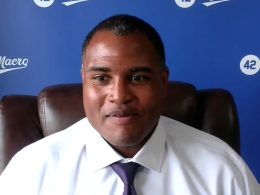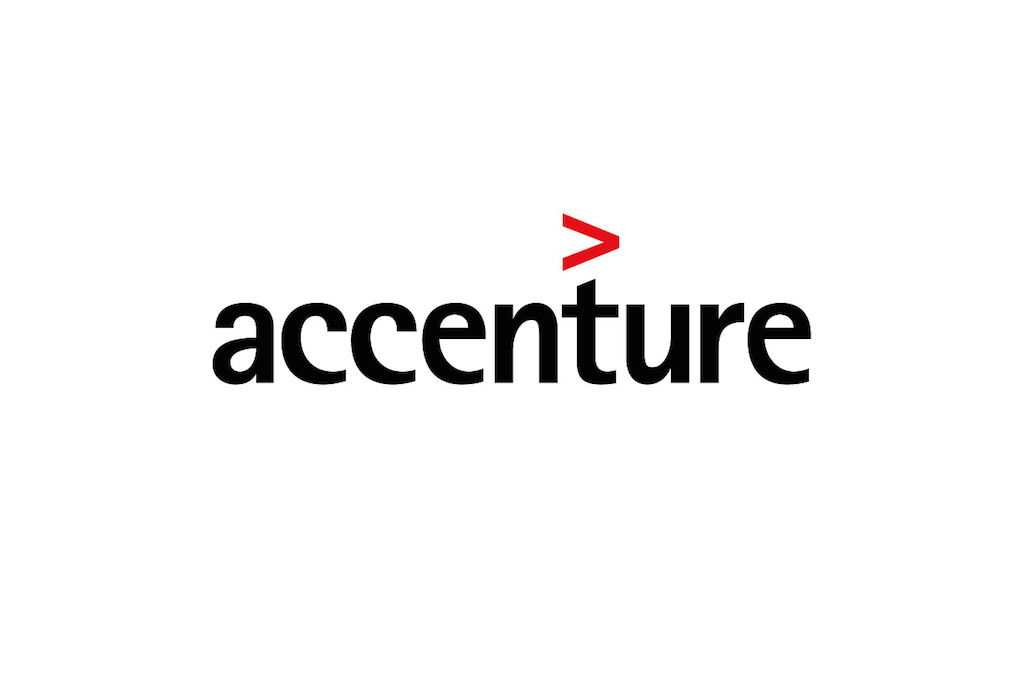by Paul Moroz, Mawer Investment Management, via The Art of Boring Blog
Core to risk management is, as Peter Bernstein wrote in Against the Gods: The Remarkable Story of Risk, “maximizing the areas where we have some control over the outcome while minimizing the areas where we have absolutely no control over the outcome.” While there are aspects of managing investment risk that are outside of our realm of influence, we do have control over the culture we choose to foster.
One of the most important elements of our risk management framework is our decision-making environment. We spend a lot of time focusing on our team culture because it’s the foundation on which better investment decisions are made. A cohesive culture that encourages debate, diverse views, and candid opinions from everyone—regardless of title—reduces the possibility we miss an observation that could lead to an opportunity or mitigate a potential risk.
Like the general concept put forward in Surowiecki’s book The Wisdom of Crowds, we want to have a diverse and independent set of thinkers on our team. The less someone feels comfortable to speak their mind, the more likely major oversights can occur—or complacency can take root. Picture an executive sitting behind a closed door in an imposing corner office, swivelling in a leather chair, brooding over an ostentatious glass paperweight while everyone is too scared to do anything but tacitly go along with his every whim. How that usually plays out follows the tale of “The Emperor’s New Clothes”—no one tells the emperor he’s actually naked until the end. I don’t ever want to be in this position!
An example (and litmus test) of avoiding this in practice that comes to mind is when one of our summer students (Michael) came over to my desk to debate the merits of a Brazilian company I had met with on my trip to South America. He had a different interpretation of how its business model worked, so we had a great back-and-forth discussion over the basis of his position.
It is important that, even as a student, Michael felt comfortable enough to walk over to the CIO's desk to share his thoughts because he had a different interpretation of a very specific aspect of the business model that potentially served as a risk. He had a piece of evidence that needed to be shared—and weighed.
Not only is a “gathering evidence” mental model (as we like to refer to it) approach a useful tool to foster a flat hierarchy, but also ensuring all observations are shared. In this model, the analysts’ job is to gather evidence in order to provide a complete (as possible) investment case. It’s as if they’ve been tasked with preparing for a trial—except they have to collect evidence for both the prosecution and defence. Because in order to argue a case effectively, you have to have a thorough understanding of all the evidence and potential corresponding scenarios. It is then for the “judge” to look at all the information presented and weigh the pros and cons of proceeding with the investment.
The guiding principle behind this approach is that no one person has a lock on knowledge. Anyone on the team can find, have, and share a thought or idea—and has a responsibility to do so. The “evidence-gathering” approach to evaluating information also encourages receptiveness. Team members are better able to let ideas land—even if they run counter to their own thinking—because individually, you know you don’t have all the answers.
For independent thought to thrive in daily work practice, everyone must be open to listening and engaging with their colleagues’ findings and feedback. That leads to a high-trust environment, which, as we’ve mentioned in previous posts, is crucial to an open culture. It means being able to share one’s thoughts without fear of reprisal—to just walk over and speak.
In my view, for a work culture to be better equipped to be fortified against potential risks, it must shift or adjust to encourage candour and humility; people must feel empowered to share their views and have confidence they will be heard.
This post was originally published at Mawer Investment Management











